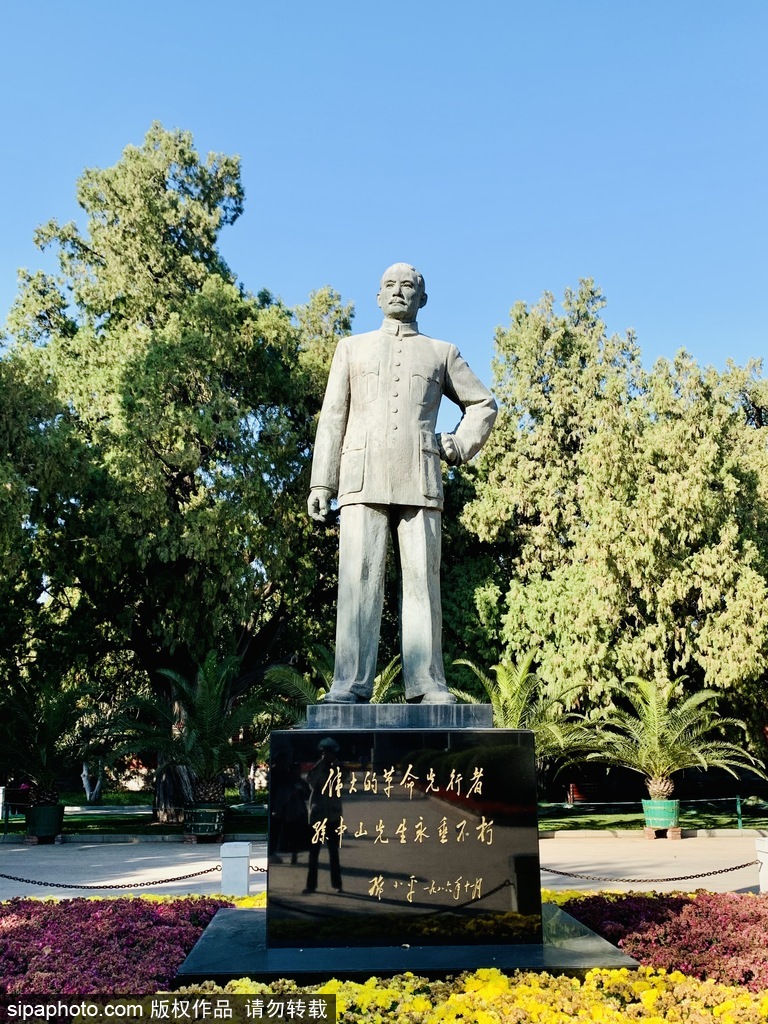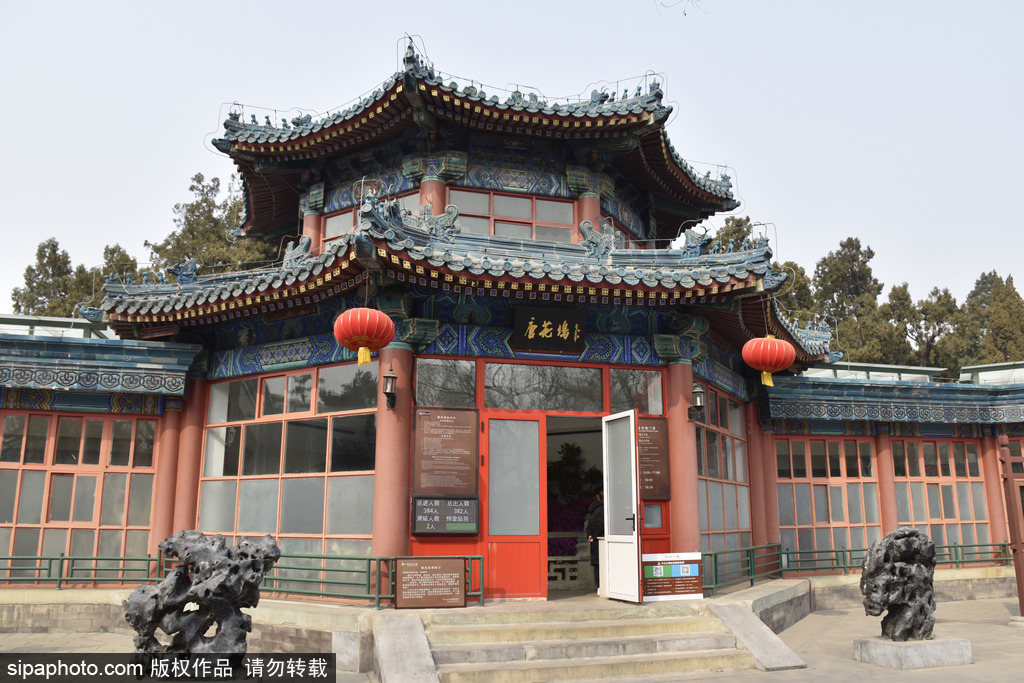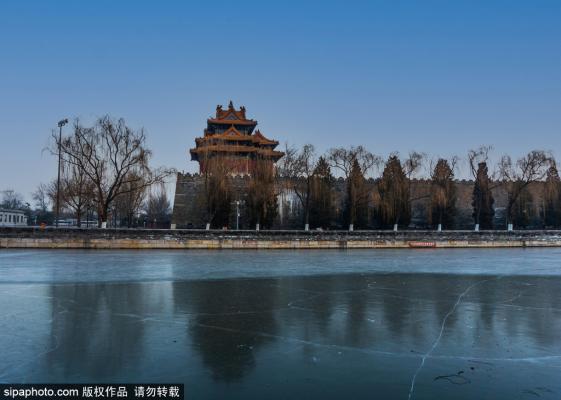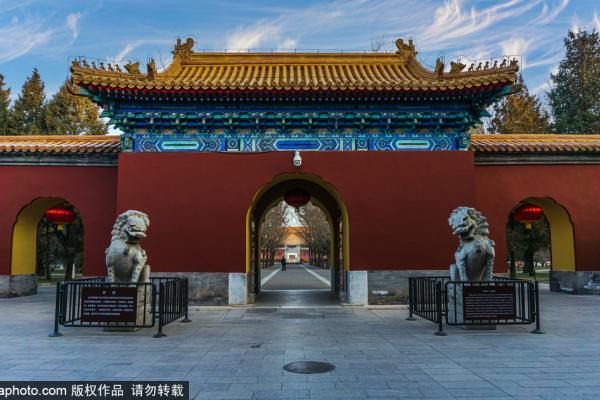Zhongshan Park (中山公园)
Located in the center of downtown Beijing, east of Tian'anmen Square, Zhongshan Park covers an area of 23.8 hectares and is a classical altar and temple garden with a monumental purpose.
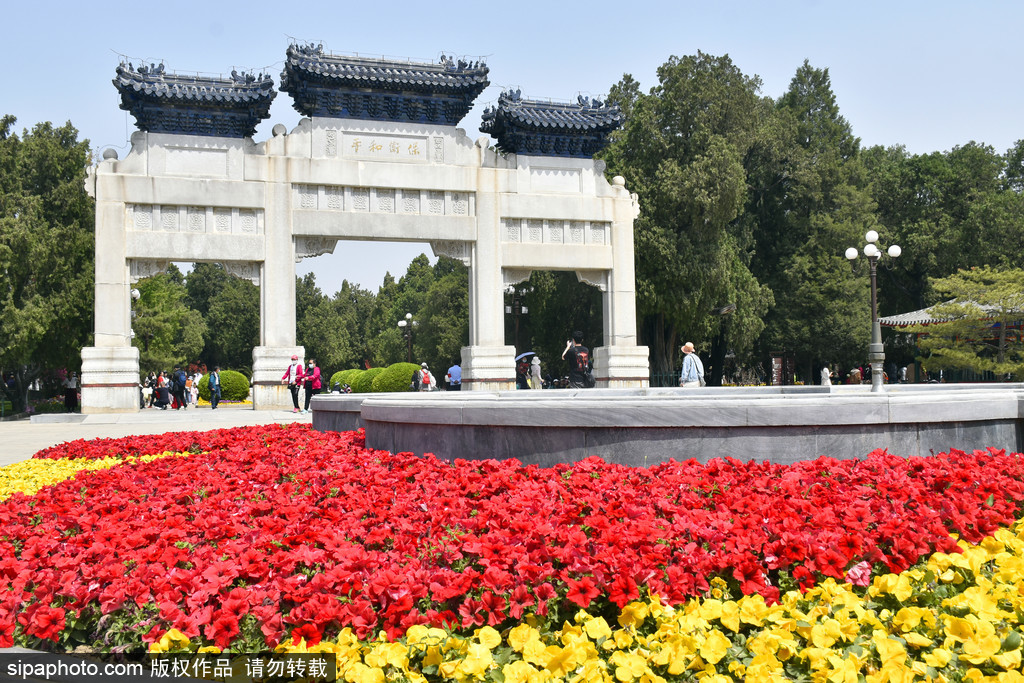
-
Tel:
86-10-66055431 -
Best Time to Visit:
All year round -
Duration:
2 hours -
Admission:
3 RMB 3 RMB -
Opening Hours:
6:00-21:00
Description
Zhongshan Park (中山公园)
Located in the center of downtown Beijing, east of Tian'anmen Square, Zhongshan Park covers an area of 23.8 hectares and is a classical altar and temple garden with a monumental purpose.
In the Liao Dynasty, it was once the Xingguo Temple. And in the Yuan Dynasty, it was renamed the Wanshou Xingguo Temple. In the 18th year of Yongle period (1420) of the Ming Dynasty, the temple was built as the Altar of Land and Grain in accordance with the Zhou Rites, which states that "the left is the anc...
Zhongshan Park (中山公园)
Located in the center of downtown Beijing, east of Tian'anmen Square, Zhongshan Park covers an area of 23.8 hectares and is a classical altar and temple garden with a monumental purpose.
In the Liao Dynasty, it was once the Xingguo Temple. And in the Yuan Dynasty, it was renamed the Wanshou Xingguo Temple. In the 18th year of Yongle period (1420) of the Ming Dynasty, the temple was built as the Altar of Land and Grain in accordance with the Zhou Rites, which states that "the left is the ancestral temple and the right is the altar of land and grain". The Altar of Land and Grain is a place where the emperor worships the gods of earth and grain, and is also a symbol of royal power and national harvest. From the 19th year of the Yongle period of the Ming Dynasty (1421) to the 3rd year of the Xuan Tong period of the Qing Dynasty (1911), the emperors or dispatched officials of the Ming and Qing dynasties had held more than 1,300 ceremonies here.
In 1914, at the proposal and under the auspices of Zhu Qiqian, the Chief of Internal Affairs of the Beiyang Government, the The Altar of Land and Grain was opened to the public as a park. When Dr. Sun Yat-sen died in 1925, his casket was placed in the Zhongshan Hall(today) in the park, and a public memorial service was held there. To commemorate this great pioneer of the democratic revolution, its name was changed to Zhongshan Park in 1928.
After the founding of the People' s Republic of China, CPC and state leaders such as Mao Zedong, Liu Shaoqi, Zhou Enlai, Zhu De and Deng Xiaoping have visited the park to take part in large-scale garden tours. There are famous attractions in the park, such as the Liao Cypress, the Altar of Land and Grain, the Zhongshan Hall, the Peace Defense Plaque, the Lanting Tablet Pavilion, the Aphorism Pavilion, the Huifang Garden, and the Tanghua Dock, etc. It was approved as a national key cultural relics protection unit by the State Council in 1988, a civilized unit of the capital in 2000, the first batch of fine parks in Beijing in 2002, and an AAAA-class scenic spot in 2011.
Gallery
Latest News
Explore
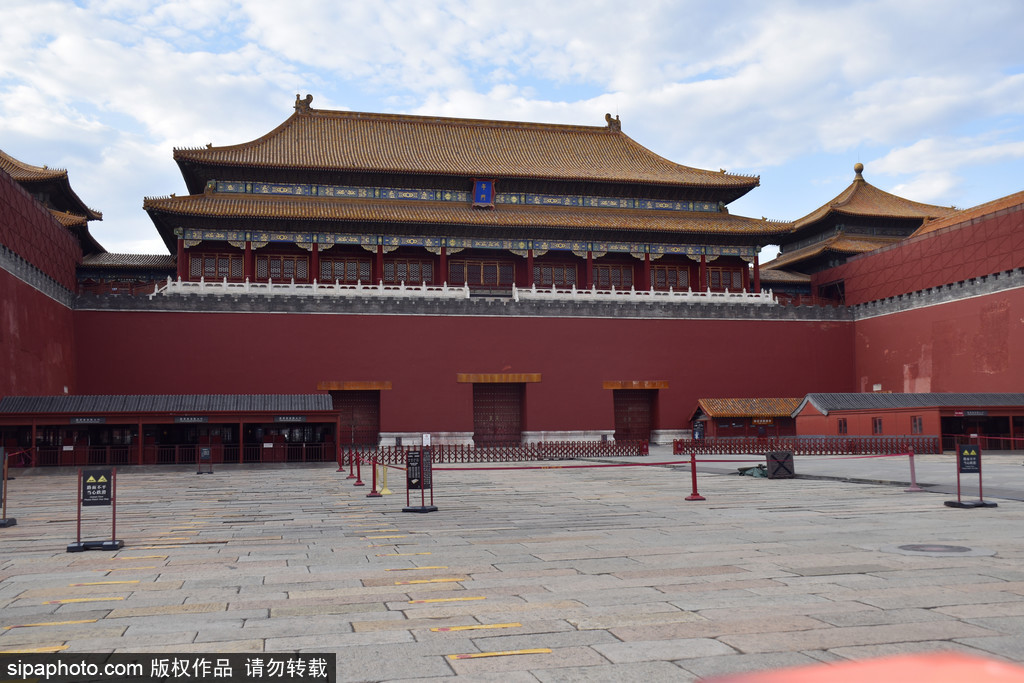
The Palace Museum
The Palace Museum is the world's largest and best-preserved wooden palace complex. Located in the center of Beijing, the Palace Museum, also known as the Forbidden City, is the pearl of the central axis of Beijing.
Tian'anmen Square
Located in the center of downtown Beijing, Tiananmen Square is 880 meters long from north to south and 500 meters wide from east to west. With an area of 440,000 square meters, it can accommodate 1 million people for a grand gathering.
National Museum of China
The National Museum of China is the world's largest single museum in terms of floor space, and is one of the museums with the richest collection of Chinese cultural relics.
Do You Know
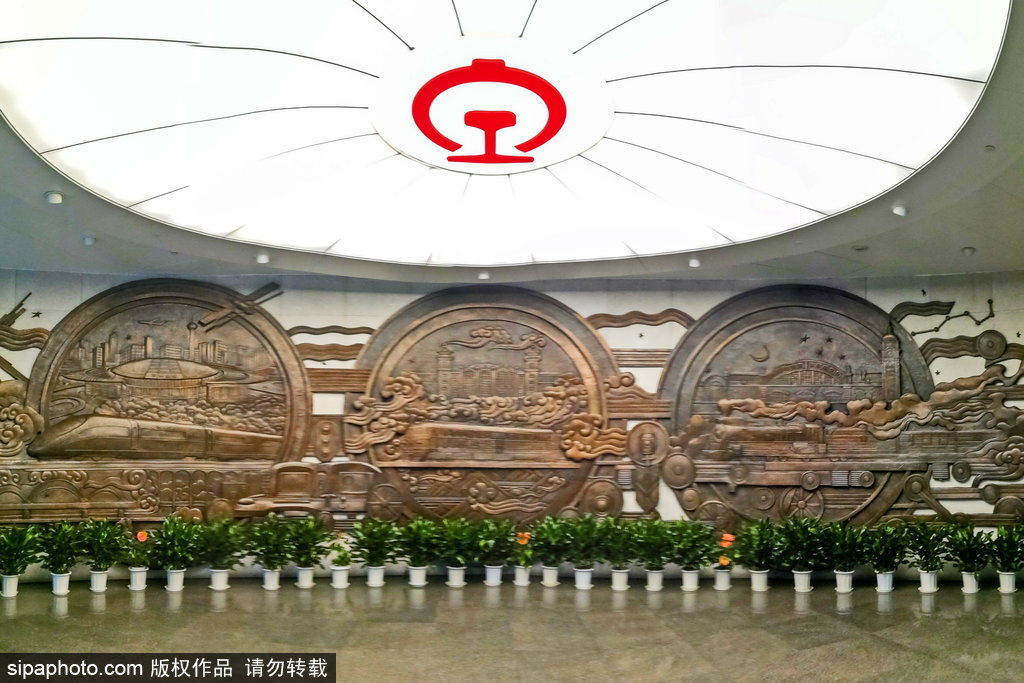
China Railway Museum
The China Railway Museum has three pavilions: the Zhengyangmen Pavilion, the Eastern Suburbs Pavilion, and the Zhan Tianyou Memorial Hall. It is mainly responsible for the collection, storage, display, demonstration and editorial research of railroad relics, scientific research achievements and other exhibits.
